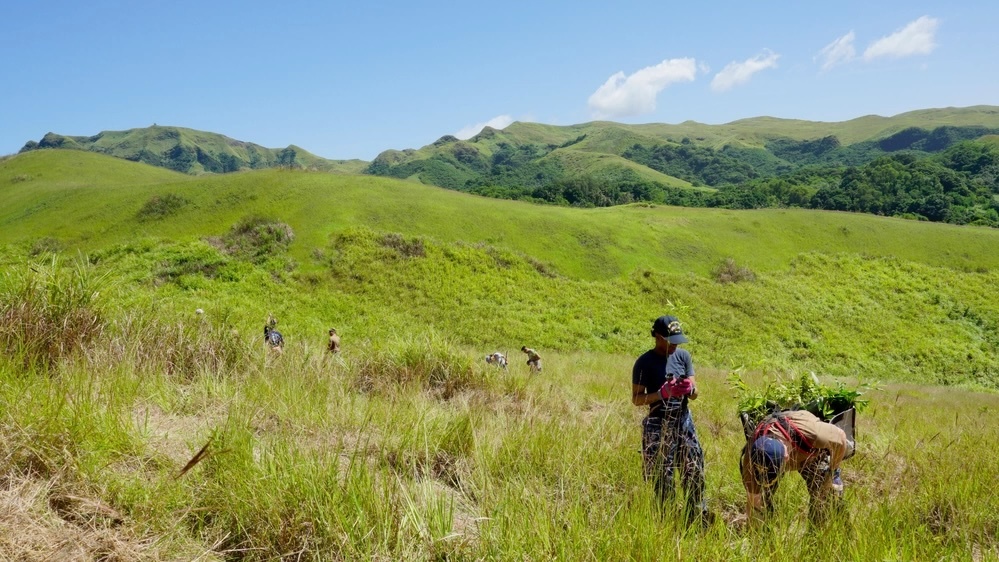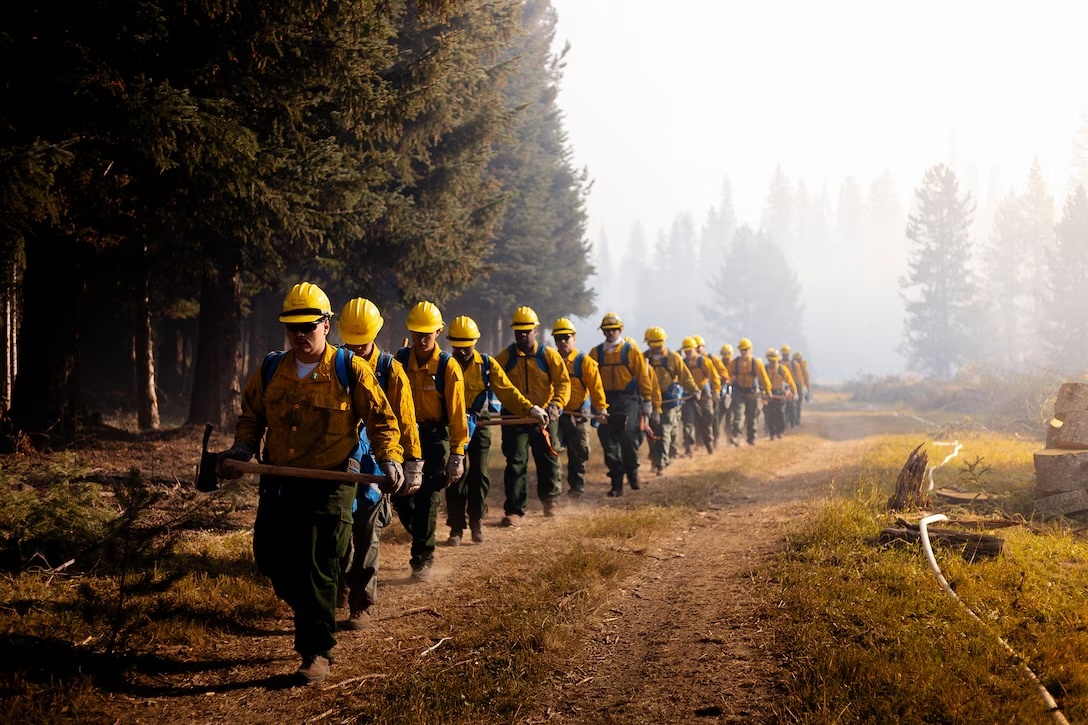 Today, the Sentinel Landscapes Partnership announces the addition of the Federal Emergency Management Administration (FEMA) to its Federal Coordinating Committee (FCC). The FEMA Office of Resilience joins the U.S. Department of Agriculture (USDA), the Department of Defense (DOD), and the Department of the Interior (DOI) in designating sentinel landscapes to support mutually beneficial land-use and climate resilience around military installations across the country.
Founded by the USDA, DOD, and DOI in 2013, the Sentinel Landscapes Partnership’s mission is to strengthen military readiness, conserve natural resources, bolster agricultural and forestry economies, increase public access to outdoor recreation, and enhance climate change resilience. FEMA joins the FCC following the signing of an addendum to the Sentinel Landscapes Memorandum of Understanding.
“FEMA’s partnership with Sentinel Landscapes underscores our dedication to building climate resilience in every community,” said Deanne Criswell, FEMA Administrator. “By joining this initiative, we are reinforcing our commitment to protecting vital landscapes that not only support our environment but also serve as natural defenses against disasters. This collaboration will enhance our ability to work alongside other federal agencies, and state and local partners to implement innovative strategies that safeguard both our natural resources and the people who rely on them.”
“The addition of FEMA to the Sentinel Landscapes Partnership will further expand DOD’s efforts to enhance the resilience of our military installations and their surrounding communities,” said Brendan Owens, Assistant Secretary of Defense, Energy, Installations, and Environment. “We look forward to strengthening engagement with the FEMA Office of Resilience to ensure our military facilities and communities are best positioned to partner on disaster risk mitigation efforts. The expansion of the partnership is another example of the Department’s commitment to implement proactive solutions that promote installation resilience across the country.
 The Sentinel Landscapes Partnership has designated 18 sentinel landscapes in areas of strategic importance for the FCC members. Through Fiscal Year (FY) 2022, projects across sentinel landscapes have attracted approximately $335 million in USDA funds, $233 million in DOD funds, $92 million in DOI funds, $341 million in state funds, $26 million in local funds, and $142 million in private funds. These contributions have permanently protected 677,100 acres of land through FY 2022 and enrolled over 4.4 million acres in financial and technical assistance programs in FY 2022 alone.
“Having FEMA as a partner in our Sentinel Landscapes Partnership efforts will strengthen our ability to protect farmland, rangeland, forestland, and grasslands from development around military installations, while also providing enhanced resiliency against natural disasters,” said Terry Cosby, USDA’s Natural Resources Conservation Service Chief. “This will ensure that our military has flexible locations for training while supporting producers as they protect critical water resources and wildlife habitat and build climate resiliency."
"Today marks a significant milestone in our collective efforts to protect America's natural resources as we welcome FEMA into the Sentinel Landscapes Partnership,” said Martha Williams, U.S. Fish and Wildlife Service Director. “Their expertise and resources will bolster our collaborative efforts to conserve vital habitats, enhance our resilience against natural disasters, and ensure a sustainable future for our communities. Together, we will strengthen our commitment to protecting our nation's landscapes for future generations."
 “The USDA Forest Service is proud to participate in the Sentinel Landscapes Partnership,” said Randy Moore, Forest Service Chief. “We are committed to investing in sustainable land use practices with our fellow federal partners in the spirit of shared stewardship. The Sentinel Landscapes Partnership provides support to military readiness while securing conservation benefits, bolstering forest economies, increasing public access to outdoor recreation, and providing wildfire risk reduction for communities.”
The partnership looks forward to further collaboration, building on its achievements to date in promoting shared land use priorities and ensuring the long-term sustainability of installation mission capabilities.
For more information about the Sentinel Landscapes Partnership, read the newly released Sentinel Landscapes Partnership Fact Sheet.
|